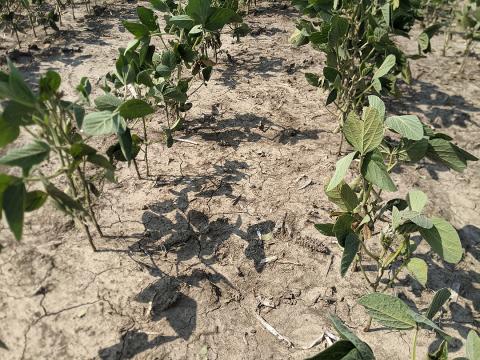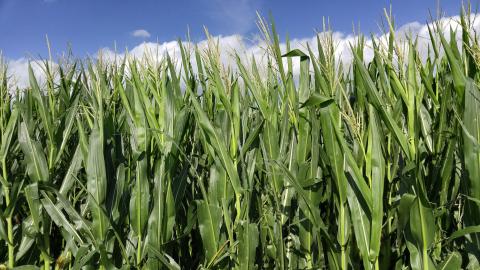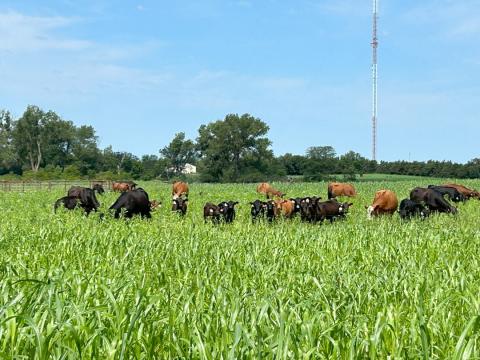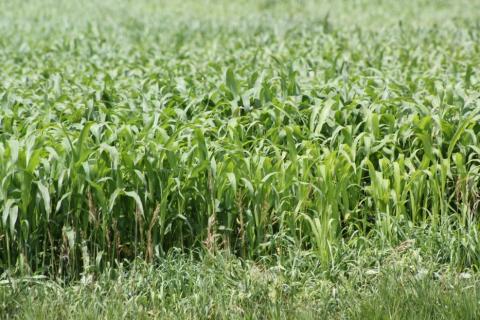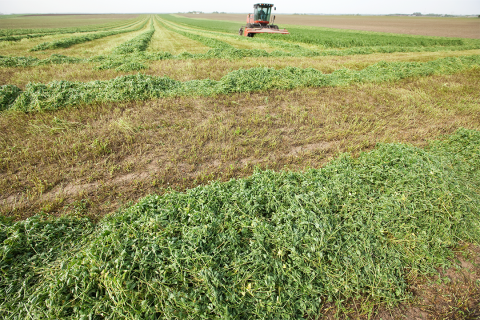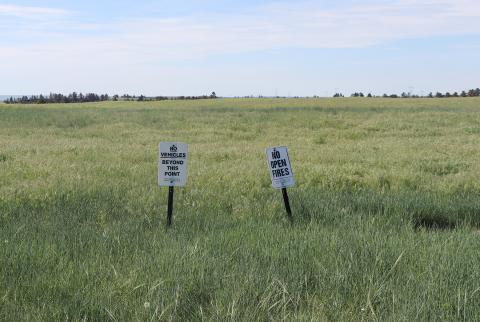Soybeans for Forage
August 17, 2023
Brown soybean plants that were evaluated by crop insurance at 2-4 bu/ac can be grazed if a grower doesn’t wish to harvest them. They’re just low quality.
Is That Corn Crop Worth More as Silage or Grain?
August 16, 2023
When evaluating whether to harvest a field for silage or grain, there are several factors to consider. Both methods of harvest have advantages and disadvantages depending upon an operation’s goals and objectives.
Summer Annual Forage Pasture Walk on Aug. 23
August 11, 2023
During this year's pasture walk at ENREEC, participants will learn about warm-season annual productivity, annual forage fertility management, prussic acid and nitrate concerns, and more.
Pasture and Forage Minute: Forage Considerations for Hail, High Temperatures
July 26, 2023
Extension educators review warm- and cool-season grass production during periods of extreme heat, preparing for corn silage harvest and forage options for corn and soybean fields with severe hail damage.
Annual Forage Options for July or August Planting
July 13, 2023
UNL Beef provides information on forage species selection and key management considerations based on desired use.
Pasture and Forage Minute: Managing Alfalfa Windows, Grazing Summer Annual Forages and Water Quality
July 10, 2023
Management strategies for curing alfalfa windrows in adverse weather conditions, grazing sudangrass and sorghum-sudan hybrids safely, and water quality issues for livestock on pasture.
Pasture and Forage Minute: Grasshopper Control, Sub-irrigated Meadow Hay Harvest
July 7, 2023
Extension insights on grazing strategies to accommodate weather changes, grasshopper scouting and treatment recommendations, and tips for getting the most out of sub-irrigated meadow hay harvest in Nebraska.
A Year Later Effects of Wildfire Still Felt on Rangelands
July 5, 2023
On June 9, producers and landowners received information on how 2022 fires may still affect their ranges, including recommendations for grazing and cheatgrass control in 2023.
